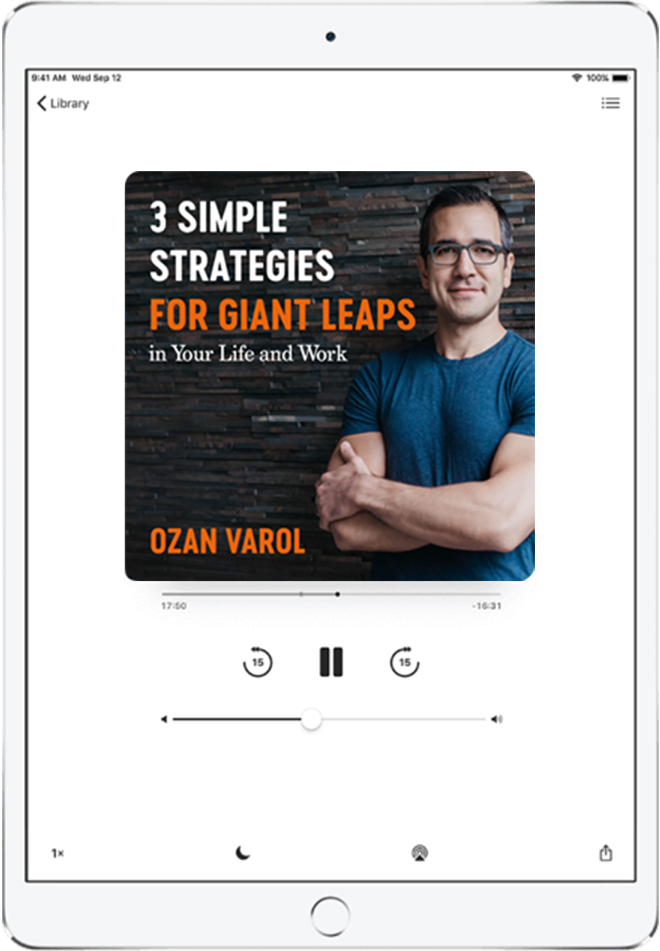What do you want to do?
That’s the same old question I used to ask when making plans with my wife Kathy.
And predictably, it would yield the same old answers—watch a movie, grab dinner, or meet up with friends.
About a year ago, we started asking ourselves a different question that transformed our evenings from mundane to magical.
Instead of asking, What do you want to do?, we now ask, How do you want to feel?
This subtle shift has taken our evenings from Netflix reruns to adventures that thrill our hearts.
Want to feel alive? Let’s go dancing.
Craving connection? Let’s shut down all devices and dive into games that spark deep conversations (for starters, try Esther Perel’s conversation card deck).
Want to feel grounded? A walk in nature with our dogs becomes the perfect reset button.
Seeking excitement? Let’s take an impromptu road trip.
Initially, this change toward asking how we want to feel—instead of what we want to do—was really awkward. As a former scientist, I spent the vast majority of my life believing that if you couldn’t plot something on a graph, it was probably just feelings—and who needs those?
Most of us aren’t used to considering how we want to feel. Instead, we default to activities that require minimal effort, like scrolling through Instagram or zoning out in front of the TV. It’s the easy path, but not the most fulfilling one.
The question, How do I want to feel, can jolt you out of your routine and shift your focus from surface-level desires to something deeper. Once you return to first principles and figure out your true intentions, you can then choose activities that match those intentions. This shift allows you to move from mindless habits to meaningful experiences.
The same question has worked its magic beyond our evenings. I now apply it to my creative work, too. Before I sit down to write a blog post, I ask myself, “How do I want to feel when I’m writing this post?” Sometimes, I want to be serious and somber, and other times, cheeky and light-hearted. These feelings then shape the tone and style, resulting in writing more aligned with me.
Over time, you can take this practice even deeper. For example, instead of simply saying “I want to feel playful,” you can ask “What kind of play do I want?” Not all forms of play are the same, so this practice helps you explore different feeling textures. Do you want to feel mischievous, do you want to relive childhood shenanigans, or are you in the mood for deep belly laughter?
Each type of play opens up a different set of doors. If I want to feel mischievous, I might play a prank on a friend. If I want to relive childhood shenanigans, we might have a water balloon fight in our backyard. If I want deep belly laughter, we might go out to see stand-up comedy.
So next time you find yourself stuck in the rut of routine, stop asking “What do I want to do?” and instead ask, “How do I want to feel?”
Profound changes often begin—not with the right answers—but with the right questions.




